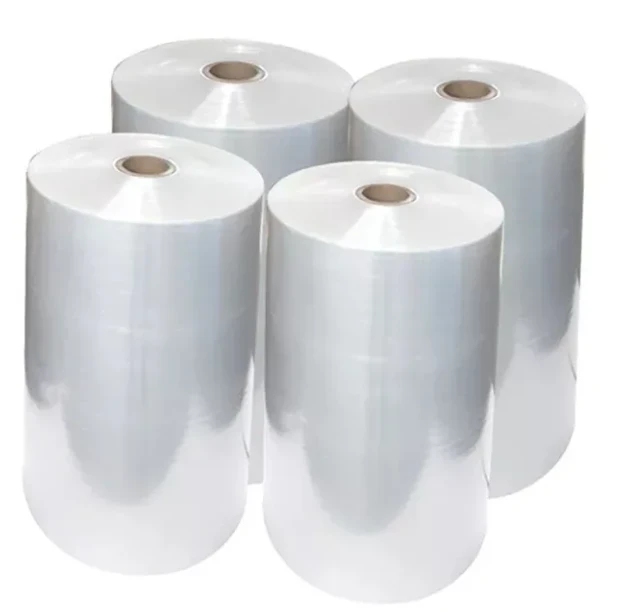- Afrikaans
- Albanian
- Amharic
- Arabic
- Armenian
- Azerbaijani
- Basque
- Belarusian
- Bengali
- Bosnian
- Bulgarian
- Catalan
- Cebuano
- chinese_simplified
- chinese_traditional
- Corsican
- Croatian
- Czech
- Danish
- Dutch
- English
- Esperanto
- Estonian
- Finnish
- French
- Frisian
- Galician
- Georgian
- German
- Greek
- Gujarati
- haitian_creole
- hausa
- hawaiian
- Hebrew
- Hindi
- Miao
- Hungarian
- Icelandic
- igbo
- Indonesian
- irish
- Italian
- Japanese
- Javanese
- Kannada
- kazakh
- Khmer
- Rwandese
- Korean
- Kurdish
- Kyrgyz
- Lao
- Latin
- Latvian
- Lithuanian
- Luxembourgish
- Macedonian
- Malgashi
- Malay
- Malayalam
- Maltese
- Maori
- Marathi
- Mongolian
- Myanmar
- Nepali
- Norwegian
- Norwegian
- Occitan
- Pashto
- Persian
- Polish
- Portuguese
- Punjabi
- Romanian
- Russian
- Samoan
- scottish-gaelic
- Serbian
- Sesotho
- Shona
- Sindhi
- Sinhala
- Slovak
- Slovenian
- Somali
- Spanish
- Sundanese
- Swahili
- Swedish
- Tagalog
- Tajik
- Tamil
- Tatar
- Telugu
- Thai
- Turkish
- Turkmen
- Ukrainian
- Urdu
- Uighur
- Uzbek
- Vietnamese
- Welsh
- Bantu
- Yiddish
- Yoruba
- Zulu
standard box sizes for shipping
Standard Box Sizes for Shipping A Comprehensive Guide
When it comes to shipping products, the packaging plays a crucial role in ensuring that items arrive at their destination safely and on time. One significant aspect of packaging is the box size, which can greatly influence shipping costs, efficiency, and customer satisfaction. Understanding standard box sizes for shipping can help businesses streamline their operations and provide better service to their customers.
Importance of Standard Box Sizes
Standard box sizes are essential for a variety of reasons. Firstly, they help in optimizing shipping costs. Shipping providers often charge based on the size and weight of packages, so choosing the right box size can lead to significant savings. Secondly, standard sizes facilitate easier stacking and storage in warehouses and during transit, maximizing space efficiency. Finally, they cater to the shipping requirements of different products, ensuring that items are securely protected while minimizing the risk of damage.
Common Standard Box Sizes
While box sizes can vary among manufacturers, there are several commonly accepted standard dimensions used in the shipping industry. Here are some popular box sizes that businesses typically use
1. Small Box (12 x 9 x 6) Ideal for shipping small items such as electronics, small clothing, or books. This size minimizes unused space, reducing the risk of damage during transit.
2. Medium Box (18 x 14 x 10) Suitable for slightly larger items or multiple smaller items bundled together. This box size is versatile and often used for shipping various products, including home goods and clothing.
3. Large Box (24 x 18 x 12) A go-to option for larger items or a combination of medium-sized items. Furniture, larger appliances, and equipment typically require this size.
4. Extra-Large Box (30 x 24 x 18) Designed for oversized items or bulk shipments, such as sports equipment or industrial parts. Using the correct size is crucial to avoid excessive shipping costs.
standard box sizes for shipping

5. Flat Rate Boxes Offered by major shipping carriers like USPS, these boxes come in predetermined sizes at a flat rate regardless of weight, making them a cost-effective option for certain deliveries.
6. Custom Boxes Sometimes, standard sizes don’t fit the need, especially for unique products. In such cases, businesses may opt for custom-sized boxes tailored to their specific requirements. Though potentially more expensive, these boxes can provide added protection for valuable items.
Tips for Choosing the Right Box Size
1. Measure Your Products Always measure the dimensions of your products before selecting a box. Ensuring a snug fit can minimize movement and reduce the risk of damage during shipping.
2. Consider Additional Packing Materials If using extra packing materials such as bubble wrap, peanuts, or paper, account for that in your box size selection.
3. Weight Limit Make sure the box can handle the weight of the contents. Overloading a box can lead to breakage and additional shipping costs.
4. Shipping Carrier Guidelines Consult with shipping carriers to understand their size and weight restrictions. Adhering to these guidelines can prevent additional fees and ensure smooth transit.
5. Sustainability Concerns Choosing the right box size not only helps minimize costs but also reduces waste. Smaller boxes lead to less material use and more efficient shipping, making it a more sustainable choice.
Conclusion
In conclusion, standard box sizes for shipping play a vital role in the logistics of product delivery. By selecting the right box size, businesses can optimize shipping costs, enhance product protection, and improve overall customer satisfaction. Whether opting for common dimensions or custom solutions, understanding the importance of box sizes is integral to successful shipping operations. Being informed about standard box sizes can empower businesses to make smarter decisions, ultimately aiding in their growth and customer satisfaction.












